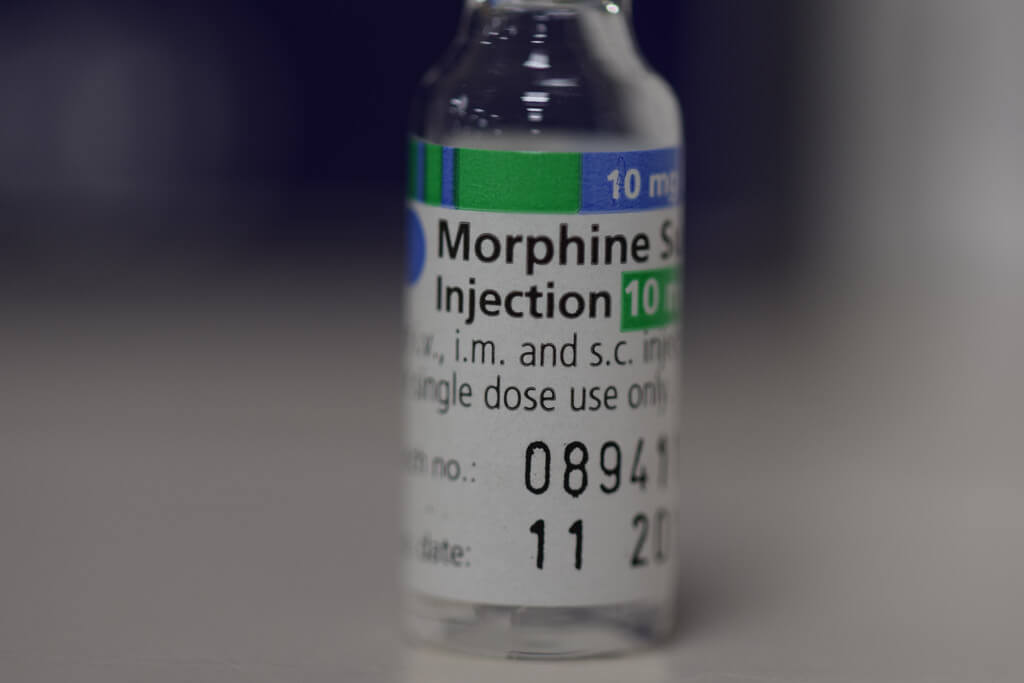Whenever the Opioid Crisis is brought up in conversations, what are some of the first drugs that pop into your head? Initially, you might consider illegal painkillers like heroin and fentanyl, which have been responsible for killing hordes of people throughout the years. On the other hand, you might consider OxyContin and other opioid medications that have a high potential for abuse. However, one drug that does not appear in numerous discussions about this epidemic is morphine, one of the original opioid drugs. Once a major component of medications and anesthetics, this drug is still prescribed to patients suffering from moderate to excruciating pain and (like its cousins) has a high potential for abuse and addiction. Let’s take a closer look at how morphine impacts the body.
One Dangerous Customer
A naturally-occurring opioid derived from the opium poppy, morphine is distributed in a variety of forms including liquid solutions, capsules, and tablets, and, above all else, patients need to time their doses properly to prevent an overdose. Possessing a short half-life (1.5 to 7 hours), morphine is a highly unpredictable drug that can quickly trigger dependency. Like other opioids, this drug can also inflict painful and irritating side effects including bowel problems (notably constipation), pupil dilation, euphoria, labored breathing, and severe delusions.
Morphine is especially dangerous for men and women who suffer from asthma or COPD or new mothers who are breastfeeding.
How Long before It Leaves?
Ultimately, morphine should flush out of the body within a 72-hour window. Depending on the does, though, this opioid can remain in patients’ systems for a much longer time, particularly if they are abusing the drug. In the case of people who have become dependent on morphine, withdrawal will set in after 6 to 12 hours following the cessation of the drug. On that note, some people may abuse the drug and suffer an overdose, which trigger the following symptoms:
- Labored breathing
- Drowsiness, fatigue
- Unconsciousness
- Limp or weakened muscles
- Pinpoint pupils
- Nausea and vomiting
Seeking Treatment for Opioid Use Disorder
While absolutely necessary for chronic pain patients, opioids are deadly and potentially addictive drugs that can wreak havoc on your mind and body. Physician supervision and your cooperation are the keys to healing, but you need to know when to take control. In the unfortunate case that you have fallen victim to opioid addiction or your friend or loved one is suffering from this problem, get in touch with Asana Recovery today. Our professional team of counselors and healthcare experts will help you endure the painful process detox and withdrawal and guide you through each step of the rehabilitation process to help you separate yourself from morphine or other deadly opioids.
If you want to find out more about our residential treatment or supervised detoxification/withdrawal programs or enroll in one of these programs today, we are ready and waiting to speak with you at your leisure and your disclosure. Call Asana now at (949) 438-4504 to learn how you can overcome your attachment to opioid medications like morphine.



